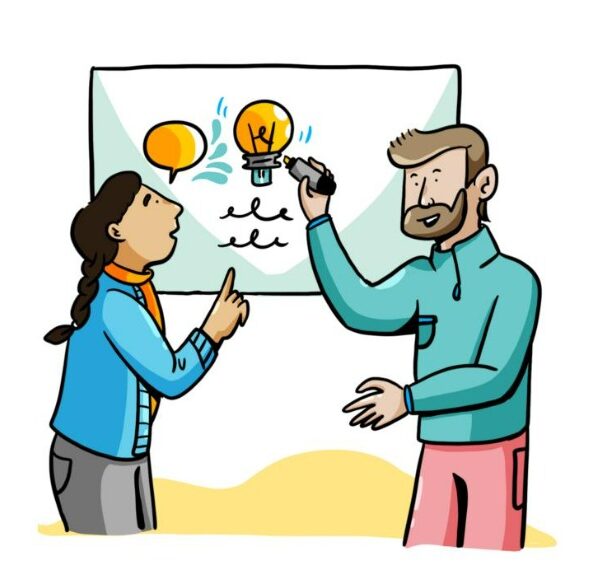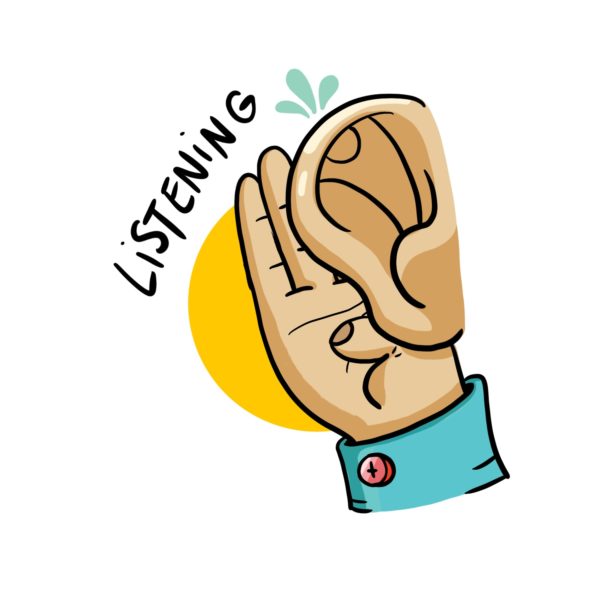Storytelling has always been at the heart of great leadership. From rallying people behind a shared vision to inspiring them in times of uncertainty, leaders use stories to connect on a deeper level. Today, storytelling is evolving with visual tools that make messages more engaging, memorable, and impactful.
Visual storytelling isn’t just a modern trend—it’s a timeless strategy that amplifies the power of a great narrative. By integrating visuals into their stories, leaders can convey their vision with clarity and emotional resonance. Let’s explore lessons from historical leaders, the benefits of visual storytelling, and how modern leaders can harness it to lead effectively.
Lessons from Past Leaders and Their Stories
Throughout history, great leaders have captivated audiences with stories that inspired and united people. For instance, Winston Churchill’s speeches during World War II painted vivid pictures of resilience and determination, galvanizing a nation in its darkest hours. Similarly, Martin Luther King Jr.’s “I Have a Dream” speech used poetic imagery to present a vision of equality and justice that remains etched in collective memory.
Steve Jobs exemplified modern storytelling by weaving simplicity and clarity into Apple’s narrative. His product launches didn’t just showcase features—they told stories of innovation and possibility, with visuals and metaphors that made technology accessible and exciting.
The common thread among these leaders? Their ability to craft a clear, emotionally resonant narrative. They understood that a great story isn’t just told—it’s felt.
Why Visuals Are Key To Modern Storytelling
In today’s fast-paced, information-heavy world, visuals are essential for effective storytelling. Research shows that people process visuals 60,000 times faster than text. This makes them a powerful tool for simplifying complex ideas and making messages stick.
The Science of Visual Thinking
- Visuals improve comprehension and retention.
- They create immediate emotional impact, drawing audiences in.
Visual Tools for Leaders Modern leaders can use visual aids to communicate their vision:
- Infographics simplify data and trends.
- Diagrams and flowcharts clarify processes.
- Storyboards illustrate goals and strategies.
The Benefits of Visual Storytelling
- Emotional Connection: Visuals evoke emotions, helping leaders build trust and relatability.
- Engagement: Audiences are more likely to stay focused and remember visually delivered messages.
- Clarity: Complex concepts are easier to grasp when visually represented.
The Modern Leader: Telling Your Story Visually
Today’s leaders are leveraging visuals to enhance their narratives. Elon Musk, for example, uses captivating visuals in Tesla and SpaceX presentations to communicate ambitious goals and inspire innovation. Brené Brown relies on simple diagrams to make emotional and psychological concepts relatable, helping her audiences understand vulnerability and courage. During crises, leaders like Jacinda Ardern use clear, empathetic visuals to build connection and trust.
Practical Strategies for Modern Leaders
- Use visual metaphors to make abstract ideas tangible.
- Incorporate storytelling into presentations with the help of professional designers or graphic facilitators.
- Leverage digital tools like animations, interactive charts, and graphic recordings to elevate your narrative.
Getting Started: Telling Your Story with Visuals
Here’s how to begin crafting your visual narrative:
- Define Your Core Message: Identify the key takeaway you want your audience to remember.
- Highlight Key Moments: Determine which parts of your story can be enhanced with visuals.
- Choose the Right Format: Decide whether a chart, sketch, or animation best suits your message.
- Refine and Test: Share your visual story with a trusted audience and refine it for maximum impact.
Case Study
A CEO leading a company through transformation used a simple storyboard to illustrate the journey from the current state to the envisioned future. The visuals clarified roles, built alignment, and inspired confidence across the team. The result? Increased engagement and faster implementation of strategic initiatives.
From Churchill to Musk, great leaders have always understood the power of storytelling. Visuals amplify this power, making stories clearer, more memorable, and emotionally resonant. Whether you’re rallying a team or sharing your vision with stakeholders, visual storytelling is an essential leadership tool.
So, what’s your story? And how will you make it visual? Remember, every great leader has a story—make yours one to remember.



